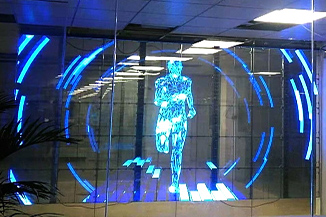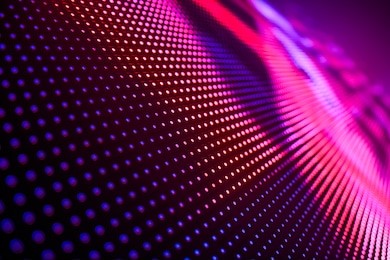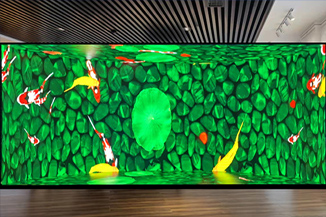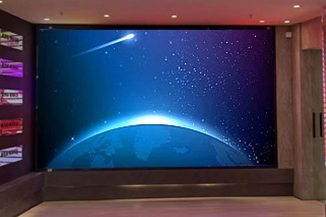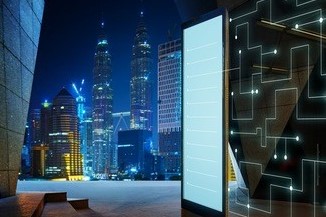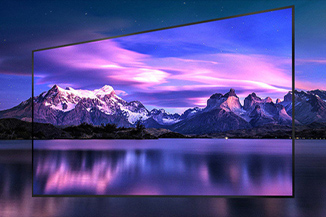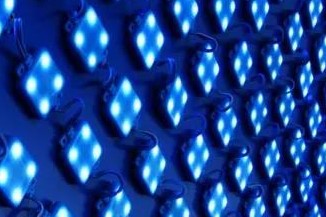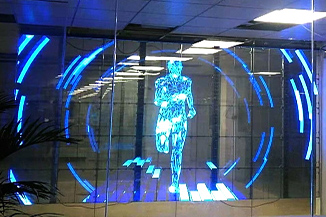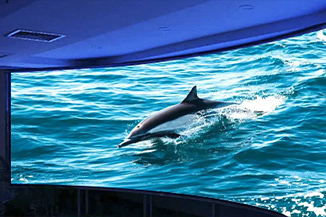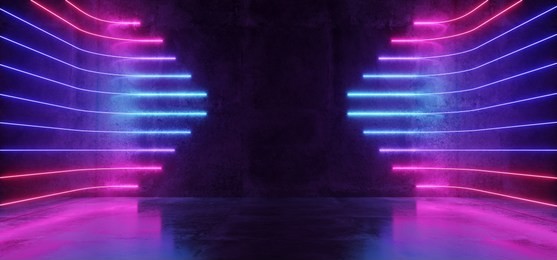Publisher: Supplier of LED Display Time: 2022-07-28 18:53 Views: 1558
Although the new coronavirus has been 3 years old, it was unexpected that this virus will spread across the country today in 2022. Strengthening anti-virus and disinfection measures for a while has become an important means for individuals, families, enterprises and institutions to respond to the epidemic.
During the critical period when the whole people are fighting against pneumonia caused by the novel coronavirus, the disinfection of public places has also become an important task in the prevention and control of the epidemic. As one of today's mainstream display products, led displays are widely used in major public places. Therefore, the disinfection of LED display screens has also become a common concern of many customers. Moreover, because the LED display is a relatively sophisticated instrument product, it also has its own unique disinfection method in terms of disinfection work. If the disinfection product is improperly selected, it may cause irreversible damage to the LED screen. Next, the editor of LCF will take you to learn how to sterilize the LED display!
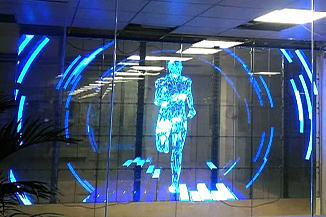
1. Disinfection recommendations for conventional LED displays
(1)It is recommended to use 75% medical alcohol for disinfection and wiping of the LED flexible screen, and dry it with a clean dry cloth as soon as possible after disinfection.
(2)Do not use 84 disinfectant directly to wipe the surface of LED lamp beads, plastics and other electronic parts to avoid corrosion.
(3) Disinfection of workshops, warehouses and activity sites should pay attention to cutting off the power supply, preventing open flames, preventing static electricity, and maintaining ventilation and safety.
2. Disinfection suggestions for COB display and SMD two small-pitch LED screens
Is there a difference in the disinfection methods of COB and SMD small-pitch LED screens? Let's take a look at the COB small-pitch LED screen first. COB can be sterilized in the following two ways:
(1)The surface of the display screen can be directly wiped and disinfected with 75% high-concentration medical alcohol, which will not affect the reliability of the display screen;
(2)The surface of the display screen can be disinfected by spraying with disinfectant (diluted according to the instructions), and then wipe it dry with a damp cloth after 10 minutes, which will not affect the reliability of the display screen.
This is determined by the packaging technology of COB small-pitch LED screens. The COB display screen has no problems such as exposed lamp feet, the surface is smooth and seamless, wear-resistant and easy to clean, and has excellent properties such as anti-mold, dust-proof, moisture-proof, anti-corrosion, anti-static, and anti-collision. The COB display screen can prevent the intrusion of water splashing from all directions, etc., creating conditions for direct use of alcohol, 84 disinfectant wiping and other spray disinfection methods. The surface of the COB display is easy to clean and can effectively avoid the deposition of harmful substances such as saliva, aerosol, and dust. There is no need to turn off the screen during the disinfection process, and with its long service life, it ensures that the screen operates 24 hours a day during the epidemic.
However, the use of disinfectant for SMD small-pitch LED screens should be particularly careful. SMD technology has no "three-proof" function, and the surface is uneven, which may adhere to harmful substances such as saliva, aerosol, and dust. risk. For example, the widely used 84 disinfectant, the main component is sodium hypochlorite. The hypochlorous acid produced by sodium hypochlorite in the aqueous solution can decompose ecological oxygen and has a strong oxidizing property. If used improperly, it may corrode the SMD small-pitch LED display screen and its lamp beads with poor protection performance. Based on this, small-pitch LED screen manufacturers have urgently informed SMD manufacturers to use these disinfectants with caution.
The commonly used 84 disinfectant in the fight against the epidemic contains chlorine and bromine, which will corrode LED transparent screen devices and display products, causing irreversible damage, so it cannot be directly used for disinfection of LED displays. In addition to 84 disinfectant, other bromine-containing disinfectants and chlorine dioxide disinfection products also need to be used with caution.
The above are the suggestions on how to do a good job of disinfecting LED displays during the epidemic, and we welcome your additions and corrections. Now that the prevention and control of the epidemic has entered the final critical stage, we must do our best to prevent and control the epidemic, and work together to defeat the epidemic as soon as possible.
